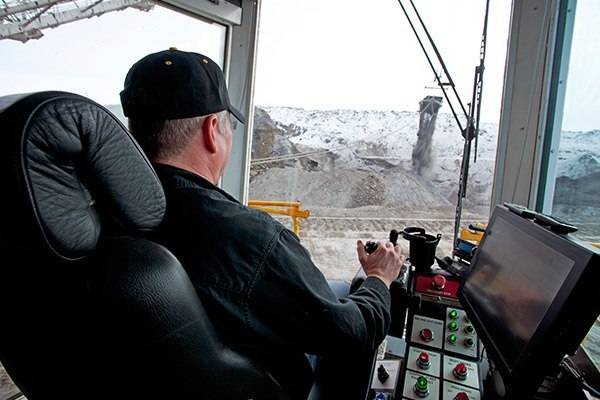12월 . 03, 2024 14:12 Back to list
aluminium silicate refractory materials exporter
The Importance of Aluminium Silicate Refractory Materials in Global Export Markets
Aluminium silicate refractory materials play a pivotal role in various industrial processes, particularly those operating under extreme temperatures. These advanced materials are known for their exceptional heat resistance, chemical stability, and physical durability, making them indispensable in sectors such as metallurgy, ceramics, and cement production. As global markets continue to evolve, the export of aluminium silicate refractory materials has become increasingly significant, driven by growing industrial demands and technological advancements.
What are Aluminium Silicate Refractory Materials?
Aluminium silicate refractory materials are primarily composed of alumina (Al₂O₃) and silica (SiO₂), resulting in products that exhibit remarkable thermal stability and resistance to molten metals and slags. Commonly used forms include fireclay bricks, high-alumina bricks, and insulating refractories. These materials are designed to withstand high-temperature environments and are utilized in various industrial applications, such as linings for furnaces, kilns, and reactors.
The unique properties of aluminium silicate refractories include low thermal conductivity, excellent thermal shock resistance, and a good balance of mechanical strength. These features make them essential in industries where high temperatures are standard, thus positioning them as vital components in the production process.
Global Demand and Export Markets
The demand for aluminium silicate refractory materials is on the rise, driven by the expansion of industries such as iron and steel, non-ferrous metals, and glass manufacturing. As countries strive to achieve higher efficiency and sustainability in their production processes, the need for high-performance refractory materials continues to grow.
Countries with well-established metallurgical industries, such as China, India, and the United States, are not only major producers but also significant exporters of these materials. The export of aluminium silicate refractories allows for the diversification of markets, enabling manufacturers to reach global clients and expand their business footprints. Furthermore, regions experiencing rapid industrialization, such as Southeast Asia and parts of Africa, offer lucrative opportunities for the export of these essential materials.
Factors Driving Export Growth
aluminium silicate refractory materials exporter

Several factors contribute to the growth of aluminium silicate refractory materials in the export market. Firstly, the increasing focus on energy efficiency and sustainability in industrial processes has heightened the demand for high-performance refractory materials. Manufacturers are seeking longer-lasting and more reliable products that can withstand the challenges of high-temperature operations.
Secondly, the robust growth of the construction and infrastructure sectors in emerging economies has fueled the need for refractory materials in cement production and associated industries. As these countries invest in large-scale construction projects, the demand for quality refractory linings and insulation materials will inevitably rise.
Moreover, continuous technological advancements in material science contribute to the development of improved refractory products. Innovations aimed at enhancing the thermal, chemical, and mechanical properties of aluminium silicate refractories are vital for meeting the specific needs of different industrial applications. This progress not only supports domestic markets but also enhances the competitiveness of exporters on a global scale.
Challenges in the Export Market
While the outlook for aluminium silicate refractory export markets appears promising, challenges remain. Trade regulations, tariffs, and geopolitical tensions can impact the smooth flow of materials across borders. Moreover, fluctuations in raw material prices, particularly for alumina and silica, can affect production costs and pricing strategies.
Additionally, maintaining product quality and compliance with international standards is crucial for exporters. Companies must invest in quality assurance processes and certification to build trust and credibility in the global market.
Conclusion
The export of aluminium silicate refractory materials is an essential aspect of the global industrial landscape. As industries continue to evolve and demand for high-performance materials rises, exporters have a vital opportunity to expand their reach and impact. By leveraging innovations, embracing sustainability practices, and navigating challenges strategically, manufacturers can secure their position in the competitive landscape of refractory materials. With a commitment to quality and a keen understanding of market dynamics, the future of aluminium silicate refractory material exports looks promising, paving the way for continued growth and development.
-
Thermal Insulation Cups Materials Exporters - Quality & Durable Supplies
NewsAug.22,2025
-
High-Purity Graphitized Petroleum Coke & Low Nitrogen Recarburiser
NewsAug.21,2025
-
High-Performance Fe-C Composite Pellets for BOF
NewsAug.19,2025
-
Tundish Dry Vibrator: Enhance Refractory Life & Casting Efficiency
NewsAug.18,2025
-
Building Material for Round Wall Exporters: Quality & Durable
NewsAug.17,2025
-
Low Nitrogen Graphitized Petroleum Coke | High Purity Recarburiser
NewsAug.16,2025
